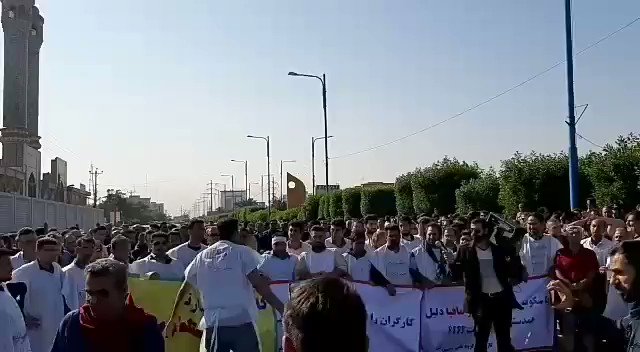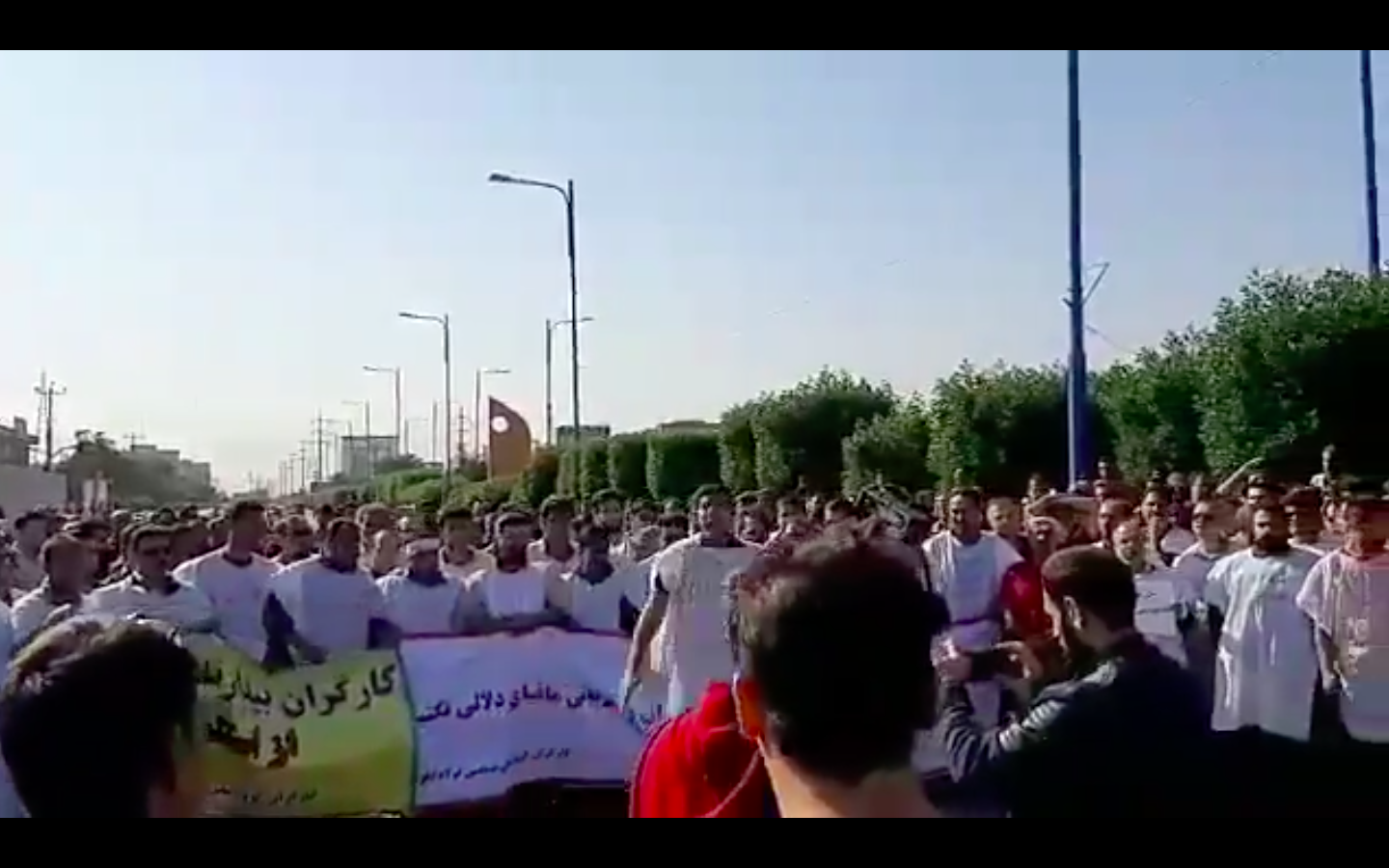An Iranian judicial official announced that Iran was ready to filter Instagram, Facebook’s photo and video-sharing social networking service.
The head of the Virtual Space Department of Iran’s Attorney General’s Office said that a court order had been issued to filter Instagram and that most members of the Supreme Council of Virtual Space, charged with overseeing Iran’s internet, agreed with the filter.
Javid Javidnia announced in an interview with the state-run Peivast monthly that the reason behind the court’s decision was that Iran’s traffic to Instagram had surpassed the limit set by the Supreme Council of Virtual Space.
“According to Supreme Council of Virtual Space, the government had to issue a permit for this social media to be active in the country, and a permit has not been issued,” he said.
“Instagram was filtered once before and the last government said that they could control this space with smart filtering but unfortunately, high costs were incurred without any results. Now we have an order to filter this service with a majority of Virtual Space Supreme Council members in favor of the filter,” he added.
On December 30, Tehran’s representative in Iran’s Parliament announced that the Cultural Commission had halted a plan to “manage messengers” in a meeting with Iran’s internet police and the Minister of Information and Communications Technology.
Fatemeh Zolghadr, who is also the Vice-President of the Cultural Commission, said that the plan was referred to a work group adding that the plan was in violation of the laws of the Islamic Republic and that it would create “a security atmosphere”.
The head of the Virtual Space Department of Iran’s Attorney General’s Office said that the Judiciary could move to filter Instagram in a unilateral measure anyway, but preferred for the time being to “wait for a consensus”.
“We are currently waiting for a consensus in this regard but if waiting proves useless, the Attorney General will make the necessary decision,” Javidnia said.
The controversial plan to manage messenger included “the filtering of illegal messengers”, and giving the “armed forces” power over personal information. The plan also banned doing business via foreign messengers while also allowing prison sentences for those who made groups or channels without permits.
The plan was signed by a number of so-called moderate representatives in the parliament.















